Are Your Plants Suffering From Nutrient Burn?
Nutrient Burn – How to Detect Overfertilization and Nip it in the Bud One common problem that many indoor growers run into is the leaves of their...
4 min read
 Ted Tanner, CEO and Co-Founder
:
Jun 11, 2019 8:00:00 AM
Ted Tanner, CEO and Co-Founder
:
Jun 11, 2019 8:00:00 AM
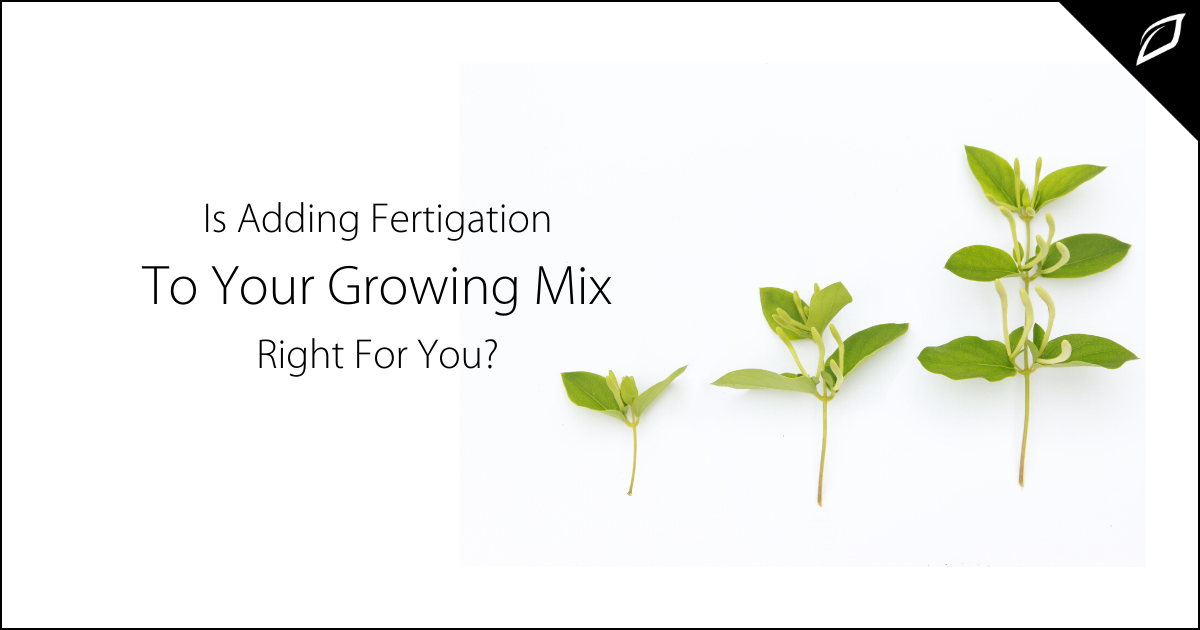
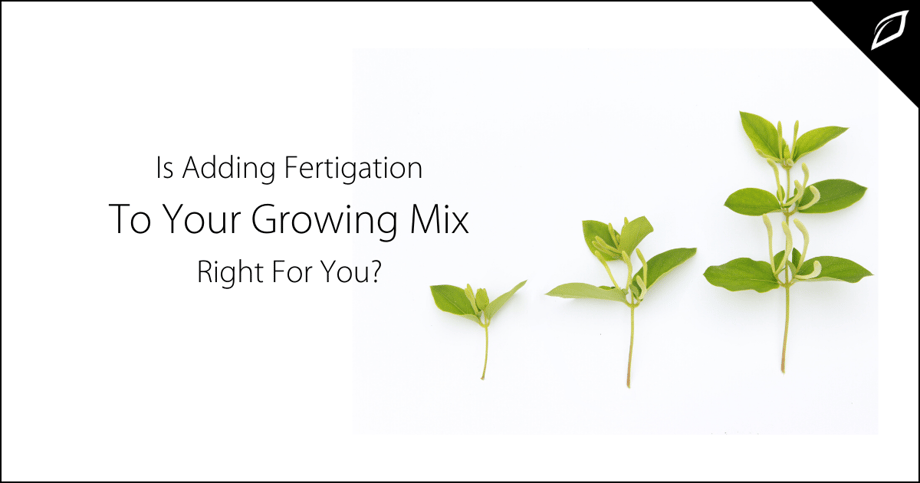
AgTech is revolutionizing the way crops are grown the world over, both in indoor and traditional environments. The ability to control environmental factors and agricultural processes with extrem
e precision leads to better crop yields, better resource management, lower costs, and improved environmental conditions. As a result, more and more growers are embracing automation in their operations. One precision technology that has become extremely popular across a wide variety of crop types is fertigation – the synthesis of fertilization and irrigation.
What is Fertigation?
Fertigation is the process of automatically injecting fertilizer or other water-soluble products directly into an irrigation system in order to deliver the exact amount of fertilizer necessary to treat nutrient deficiencies in a crop.
Fertigation has been in use as a precision agriculture technique for a long time in high-value crops ranging from fruits and vegetables to wheat. In recent years it’s enjoyed growing popularity among cannabis growers thanks to the many benefits it offers when scaling crops at a commercial level in controlled environments.
The primary benefit of fertigation is the ability to reduce costs and improve yields in large-scale grow operations by carefully administering ideal amounts of fertilizer, both reducing fertilizer waste and ensuring plants are safe from the issues that come from overfertilization or nutrient deficiencies.
However, like most AgTech, the cost and additional complexity of fertigation require growers to assess the suitability of installing and managing the technology based on their growing medium and the scale of their operation.
Is Fertigation the Right Choice?
Fertigation is extremely popular in precision and indoor agriculture, but that doesn’t necessarily mean it’s right for every application. There is a large list of pros to installing a fertigation system, impacting both a grower’s bottom line and the quality of their crops, but there are also some cons to be considered as well.
Fertigation Pros:
Precision control over nutrient dosage:
The primary benefit of fertigation is that it allows growers to automatically deliver the precise dosage of nutrients required based on their crop type and growing medium. Fertigation works well in both soil-based and hydroponic environments, and it enables growers to be precise not only in the amounts of fertilizer delivered, but also in the timing of that delivery.
By constantly monitoring plant tissue health and nutrient levels, growers can fine tune their dosages right down to administering micro-doses when necessary to ensure ideal nutrient uptake without the risk of deficiencies or overfertilization issues like nutrient burn. The result is healthier plants and increased crop yields.
Reduced chemical leaching:
The chemicals involved in plant fertilization can be extremely harmful in higher concentrations and the leaching of fertilizer into outside water sources and the surrounding environment is a serious concern. The most common cause of that leaching is excess fertilizer exiting the growing environment before it can be utilized by the plants it was intended to feed, and fertigation is an ideal way to stop that from happening.
Fertigation systems keep the fertilized irrigation water separate from the outside environment using backflow prevention devices, chemical spill trays, and physical separation from surrounding ground. The ability to dial in exact doses also ensures that the system only provides as much fertilizer as the plants can use, significantly reducing the risk of excess chemicals leaching out of the system.
Improved resource usage:
Fertigation improves a grow operation’s resource usage by reducing waste across the entire system. Carefully dialed in nutrient doses eliminate the wasted fertilizer associated with hand mixing and traditional watering, significantly reducing fertilizer costs.
The improved root health and mass enjoyed by plants fed by fertigation also mean that plants can trap and hold water far more efficiently, reducing the amount of water that needs to be fed through the growing environment. That not only lowers the cost of irrigation, it also reduces the impact of indoor agriculture on the overall water supply.
Reduced labor costs:
While fertigation systems do require daily maintenance, the labor required to operate them once installed is insignificant when compared with the amount of labor saved on manually performing the tasks that fertigation automates.
Not only does fertigation eliminate the labor associated with tasks like hand mixing fertilizers and watering large crops, it also eliminates much of the human error possible in those processes, like oversaturation of nutrients in a mix or uneven application. The result is both lowered costs and fewer avoidable problems.
Fertigation Cons:
Increased complexity and maintenance:
The maintenance required for fertigation systems isn’t overly difficult. Daily inspection for leaks and uneven feeding is crucial, as leaks anywhere in the lines can have detrimental impacts on the pressure and effectiveness across the entire system. Regular cleaning is also important to ensure that tanks don’t become contaminated with nutrient sediment that could throw off the carefully measured dosages being delivered to the plants. While not complex, the maintenance must be conducted regularly or the financial benefits of the system can quickly erode.
The control systems, on the other hand, are somewhat complex. The goal of fertigation is to automate the nutrient delivery process, and as such, computerized monitoring and control are a big part of the system. As with most new technology, operating and maintaining those computer systems requires specialized training. For large scale operations already employing computer-controlled irrigation systems, that likely won’t be a major consideration. But for smaller operators looking at taking their first steps into computer-controlled, data-driven agriculture, it’s important to consider the extra staff or training required to keep computerized systems up and running.
Potentially significant installation costs:
By nature, fertigation systems require hardware to be installed across your entire irrigation system. For large operations, that could require thousands of components, and the associated cost of the materials and the installation can be significant.
Beyond the costs of simple materials like PVC components, operations without current computer automation systems will also have to invest in getting their crops wired up with the necessary sensors and control units. Those computer systems can significantly add to the overall price.
The good news is that thanks to the healthier crop yields and the cost reductions in labor and resource usage, fertigation systems can pay themselves off very quickly. The key is for growers to accurately forecast the timeframes involved and to ensure they’re able to absorb the initial capital outlay.
Like most AgTech and automation, the deciding factor in whether or not to employ fertigation often comes down to the value and size of the crop being grown. Hobby growers and smaller commercial operations may not be able to recoup the costs of a fertigation system quickly enough to make it worth the capital outlay, but larger commercial growers almost certainly will. And once installed, fertigation systems are extremely easy to scale, making them ideal for companies looking to scale up their crops rapidly.
But regardless of size, the benefits of fertigation are undeniable. The positive impact on crop yields, operating costs, and environmental factors like water usage and leaching prevention has led to fertigation’s current popularity, and as advances in indoor agriculture march forward, the number of growers employing fertigation will only continue to increase.
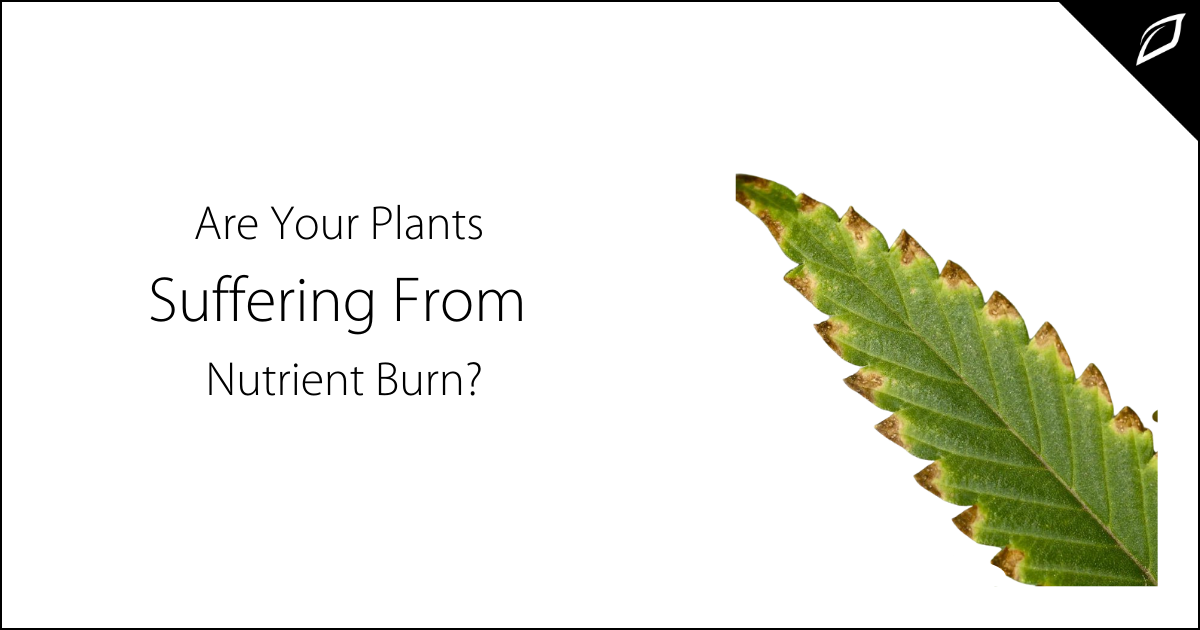
Nutrient Burn – How to Detect Overfertilization and Nip it in the Bud One common problem that many indoor growers run into is the leaves of their...
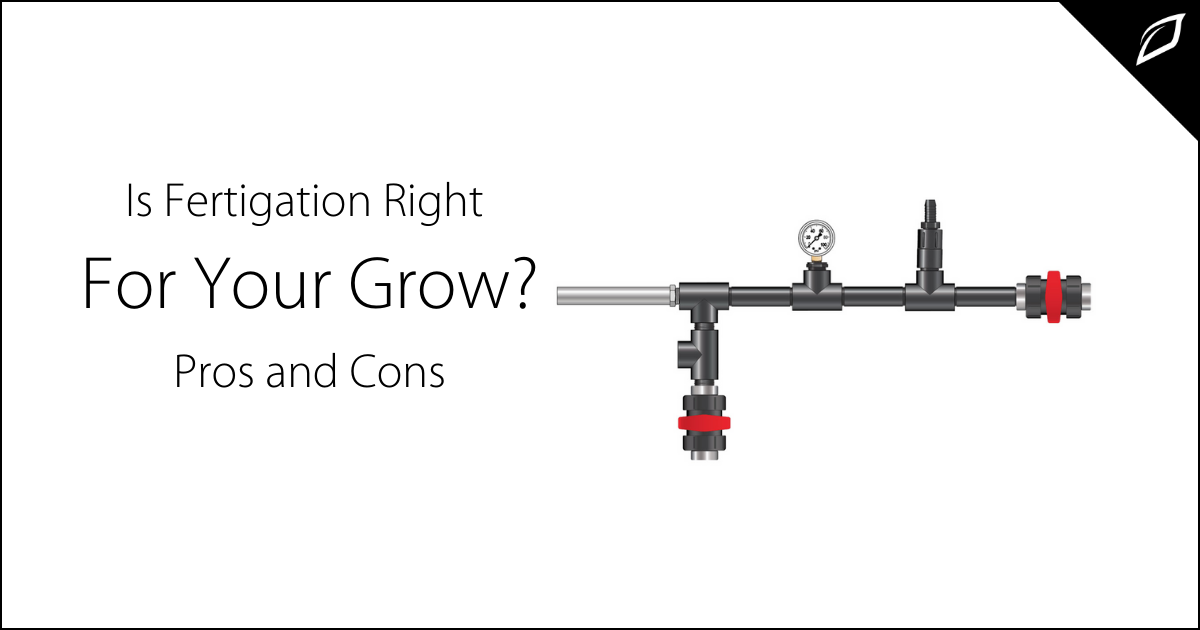
Is Adding Fertigation to Your Growing Mix Right for You? AgTech is revolutionizing the way crops are grown. The ability to control environmental...
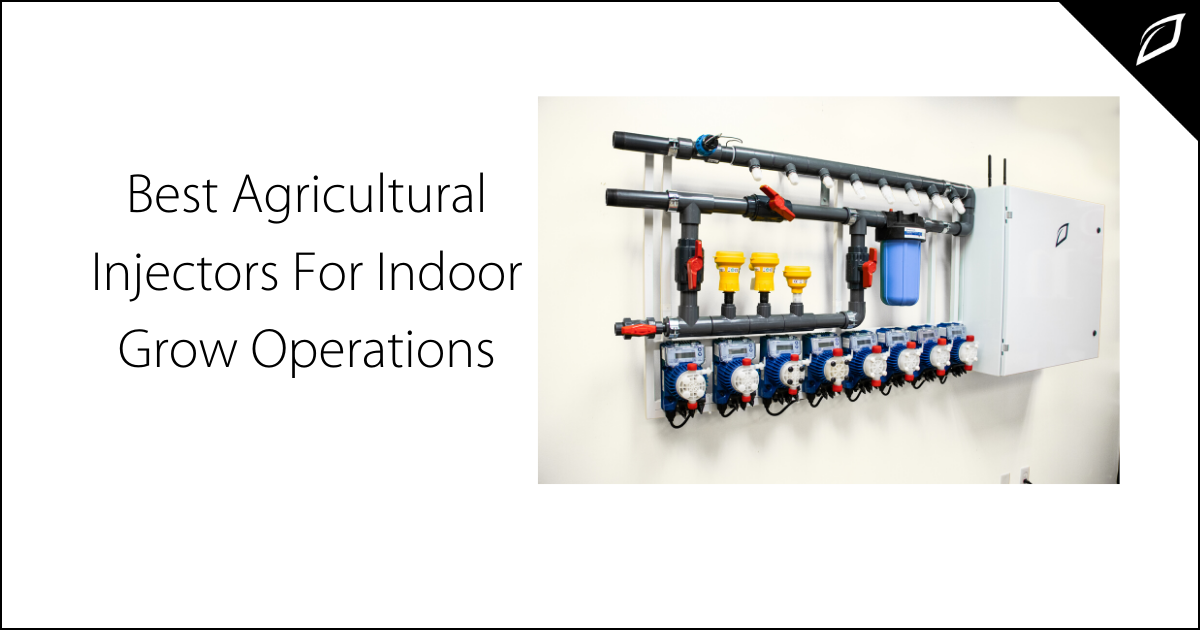
Fertilizer injectors have been used for decades and are utilized by the majority of growers in the U.S. to apply water-soluble fertilizers to plants....